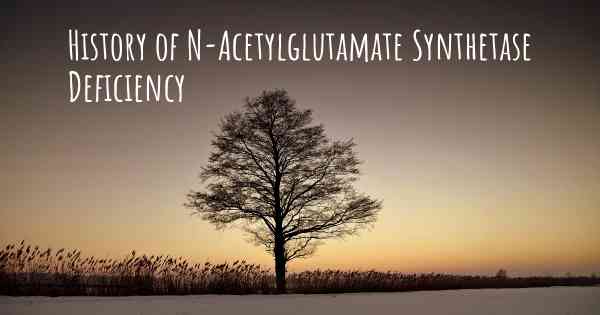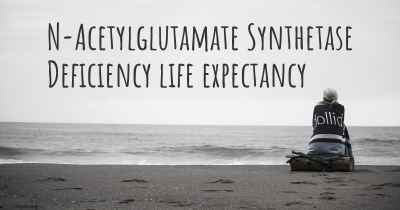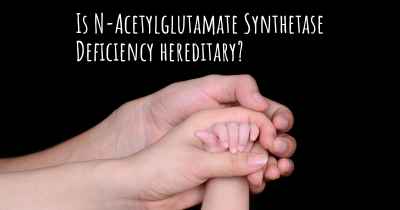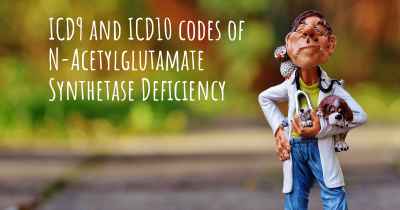What is the history of N-Acetylglutamate Synthetase Deficiency?
When was N-Acetylglutamate Synthetase Deficiency discovered? What is the story of this discovery? Was it coincidence or not?

N-Acetylglutamate Synthetase Deficiency: A Historical Overview
N-Acetylglutamate synthetase (NAGS) deficiency is a rare genetic disorder that affects the urea cycle, a metabolic pathway responsible for removing toxic ammonia from the body. This condition was first described in the medical literature in the early 1970s, and since then, significant progress has been made in understanding its causes, symptoms, and treatment options.
Discovery and Early Research
The discovery of NAGS deficiency can be attributed to a team of researchers led by Dr. Seymour Kaufman, who published the first case report in 1970. The report described a young child with hyperammonemia, a condition characterized by elevated levels of ammonia in the blood. Further investigations revealed a deficiency in the enzyme N-acetylglutamate synthetase, which led to the accumulation of ammonia in the body.
Genetic Basis
NAGS deficiency is an autosomal recessive disorder, meaning that an affected individual must inherit two copies of the mutated gene, one from each parent. The gene responsible for encoding N-acetylglutamate synthetase is located on chromosome 17q21.31. Mutations in this gene result in a dysfunctional enzyme, impairing the urea cycle and leading to the accumulation of ammonia.
Clinical Presentation
The symptoms of NAGS deficiency can vary widely, ranging from mild to severe. Infants with the severe form of the condition typically present within the first few days of life with lethargy, poor feeding, vomiting, and seizures. If left untreated, these symptoms can progress rapidly and lead to coma and death. In contrast, individuals with the milder form of NAGS deficiency may experience recurrent episodes of hyperammonemia triggered by stressors such as illness or fasting.
Diagnostic Challenges
Diagnosing NAGS deficiency can be challenging due to its rarity and variable presentation. In the past, the diagnosis was often delayed or missed, resulting in severe consequences for affected individuals. However, advancements in genetic testing and increased awareness among healthcare professionals have significantly improved diagnostic accuracy.
Treatment and Management
Early intervention is crucial in managing NAGS deficiency to prevent hyperammonemic crises and long-term complications. The primary goal of treatment is to reduce ammonia levels in the blood. This is achieved through a combination of dietary modifications and medications. A low-protein diet, supplemented with essential amino acids, is often recommended to limit ammonia production. Additionally, medications such as N-carbamylglutamate and sodium phenylbutyrate may be prescribed to enhance the functioning of the urea cycle and promote ammonia detoxification.
Ongoing Research and Future Perspectives
Despite significant progress in understanding NAGS deficiency, many aspects of this condition remain poorly understood. Ongoing research aims to further elucidate the underlying genetic mechanisms, improve diagnostic techniques, and develop novel treatment approaches. Additionally, efforts are being made to enhance newborn screening programs to enable early detection and intervention, potentially improving outcomes for affected individuals.
Conclusion
N-Acetylglutamate synthetase deficiency is a rare genetic disorder that affects the urea cycle and leads to the accumulation of ammonia in the body. Since its initial discovery in the 1970s, advancements in research and medical understanding have greatly improved the diagnosis and management of this condition. Ongoing research holds promise for further advancements in the future, offering hope for improved outcomes and quality of life for individuals with NAGS deficiency.








